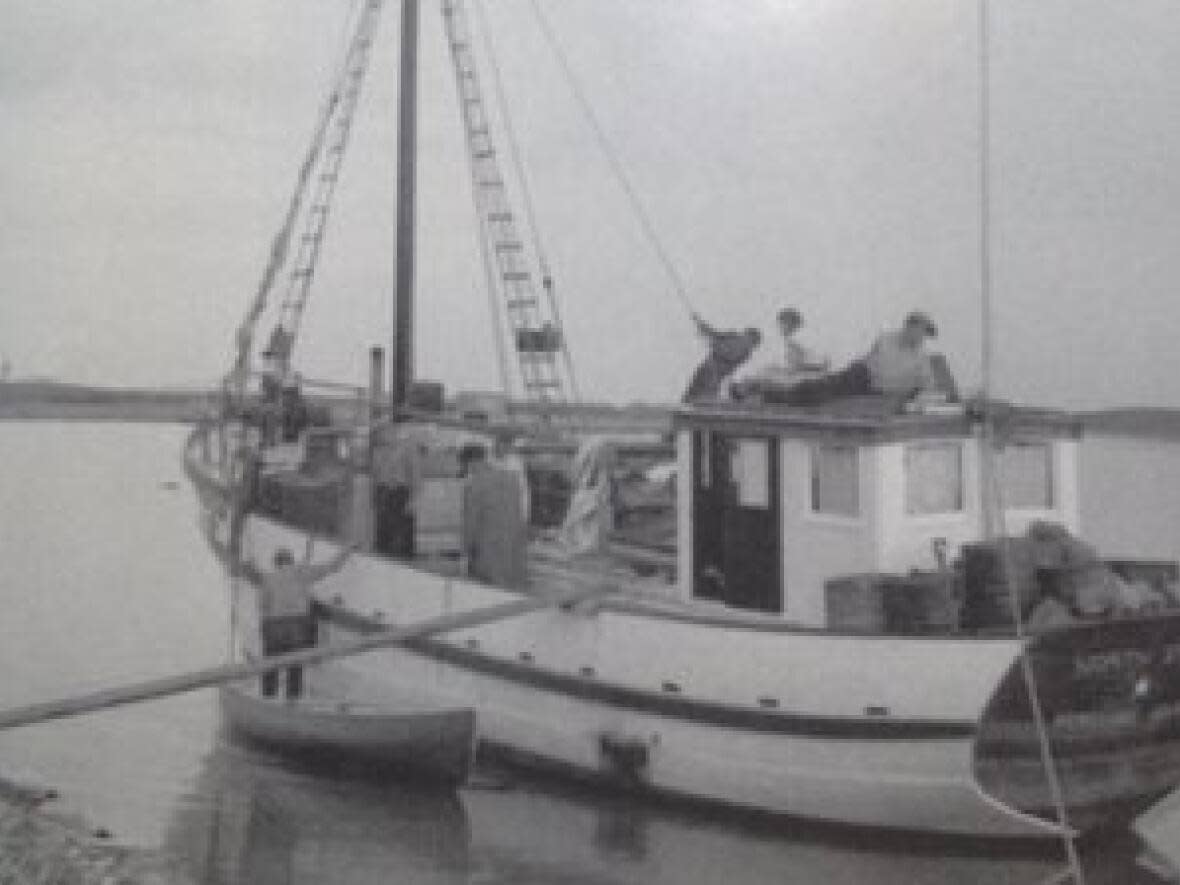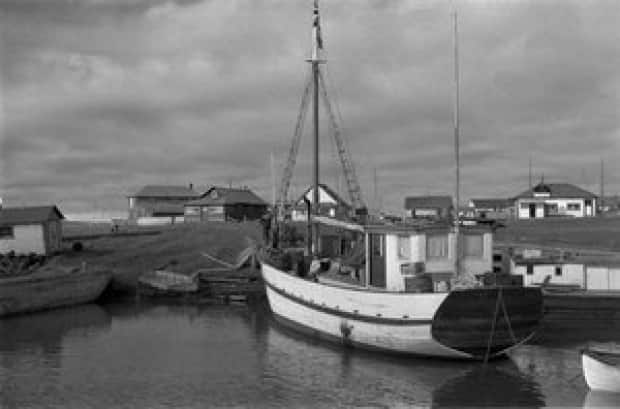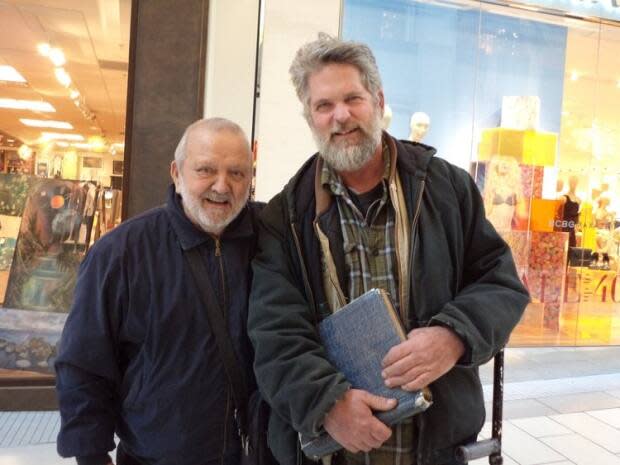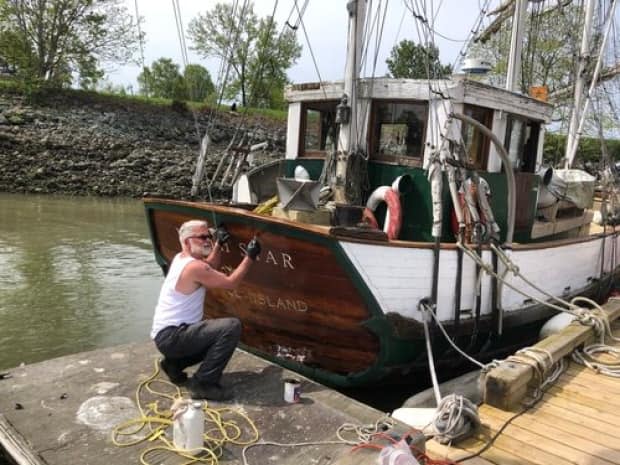Fabled 1930s Arctic fur-trading ship, built for Inuvialuit trappers, needs a new home

It's a piece of Canadian Indigenous history — and an effort is underway to ensure the 88-year-old Arctic fur-trading ship, called the North Star of Herschel Island, stays in Canada.
"She's just a lovely old ship," said Bruce Macdonald, an avid sailor who's owned and sailed the vessel since 1996 and is now looking to sell it, hopefully to the Vancouver Maritime Museum.
The museum wants the ship and is currently trying to raise money to purchase it. In the meantime, Macdonald said he also had several other offers, all from outside of Canada.
"I loved living on the ship and all that, but I'm seeing that it might be time for somebody else to take her on," Macdonald said.
"I'd love to see the ship stay here ... she's the last of her kind."
The 24-metre ship has a storied history, dating from a time when the Arctic fur trade was still thriving, and northern communities were reaping the rewards.
The North Star of Herschel Island was built in 1935 in San Francisco, for two Inuvialuit trappers: Fred Carpenter and Jim Wolki. The two had a lucrative business in the Western Arctic and they designed a vessel that would serve as an essential tool of their trade.
The boat was launched at Herschel Island and for years her home port was at Sachs Harbour, N.W.T., on Banks Island. The two trappers would use it in the summer sailing season to bring their winter's harvest of furs to market, and also bring goods to Aklavik, Tuktoyaktuk, Inuvik and Herschel Island.

It's a solidly-built vessel, Macdonald said, made by some of the best shipwrights of the era using some of the best wood.
"During the Depression, they were probably making more money than anybody else in Canada just through their business acumen, and really hard work," Macdonald said.
"Fred was such a good trapper, he needed a big boat."
By the 1960s, though, the fur trade was cooling down while the Cold War was heating up and the vessel found a new job: sailing back to Banks Island to assert Canada's sovereignty in the region.
Soon, it also had a new owner. A trapper and hunter named Sven Johannson purchased the ship and used it for survey work in the Beaufort Sea before sailing it down to Victoria.
Macdonald got to know Johannson around that time, and started to learn more about the North Star of Herschel Island. He fell in love with the boat — and would teasingly ask Johannson when he planned to sell it to him.
"And then one day he turned around and said, 'Yep, OK, I'm ready,'" Macdonald recalled.

Macdonald and his family spent most of the next two decades sailing up and down the coast. Along the way, they'd often run into people who recognized the boat and had stories about it.
"When we acquired the ship, I just knew she'd come from the North," he said.
"And then the more people I talked to as we went up and down the coast, and then the more books I read that [had] references to North star ... I began to see what an important part that she'd played in Canadian history."
Even today, he said people will spot the boat in Vancouver and talk to him about it. Often, visiting Northerners will make a "pilgrimage" to the dock to see it.
"Because I'm only her third owner, very little has changed since that time. So it really is a piece of living history," he said.

Joey Carpenter, Fred's son, said he appreciates Macdonald's efforts to preserve the boat, and honour its Indigenous history.
"I really admire Bruce because he took care of the boat. Wasn't shy to tell people who owned it originally. All-around great guy," Joey said.
'Time is now of the essence'
In a video posted on Macdonald's website about the ship, David Jordan, executive director of the Vancouver Maritime Museum, said the vessel represents "an important part of Arctic history."
"The preservation and acquisition of the North Star will be a significant project for the Vancouver Maritime Museum."
Macdonald said he's given the Vancouver museum time to try to raise some funds, but also said "time is now of the essence."
He said the North Star would be a great addition to the museum which already has the St. Roch, a former RCMP schooner that was the first vessel to traverse the Northwest Passage from west to east, in the early 1940s.
"[The St. Roch] tells the colonial side of the story very well, the RCMP side of their experience in the Arctic," said Macdonald.
"This ship bookends a collection that tells the Indigenous success story that the North Star represents."


